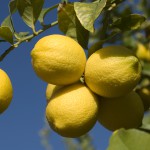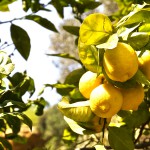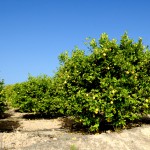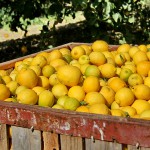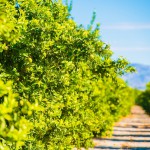Here we are again at the start of the new lemon season in Europe and with it anticipation grows as to what sort of crop lies ahead. However, what happens in Europe doesn’t necessarily impact directly on what price we pay for our fruit, juice and oil.
The fresh lemon market is now a global one, with more fresh fruit transported around the world than ever before and with a GLOBAL RISE IN LEMON CONSUMPTION we need to factor in all producing areas and consumer markets to anticipate what will happen to our precious oil – after all, the oil is still a bi-product even if it’s the most important part for our market.
Global Overview

Are we set for another crazy year?
World lemon demand is on the rise due to many factors including its perceived health benefits. Lemons are rich in vitamins A, B6, C and E, calcium, iron, potassium and zinc to name but a few and with this it provides many therapeutic and pharmaceutical solutions to today’s everyday medical conditions. It’s also high in antioxidants due to its composition of flavonoids.
Of course, lemon is also a favourite global flavouring ingredient due to its distinct sour taste, a result of the presence of 5-6% citric acid. Also the demand for natural beverages and flavourings is growing.
From early OCTOBER THE HARVESTING AROUND THE MEDITERRANEAN STARTS with Turkey initially, followed by Italy and Spain (varying seasonally with local weather conditions). Elsewhere harvesting in the USA (California & Arizona) will have started which will be followed later by Argentina and other smaller producing Central and South American countries. In different countries production will run until April 2016, the exception being China, which can usually rely on year round harvests.
We hear that in both China and USA, domestic demand is growing and outstripping supply, which has resulted in both countries IMPORTING MORE EU LEMONS. This along with domestic EU demand growth and the struggling crops in some smaller producing countries means that fresh fruit prices in Europe have increased.
We also hear that production growth in Spain coupled with a recovery in Argentina have increased the global supply position which in isolation could mean reducing prices for fruits and ultimately oil. So let’s break down what we know to try and better understand what we can expect next.
 Ultra International B.V.
Ultra International B.V.
